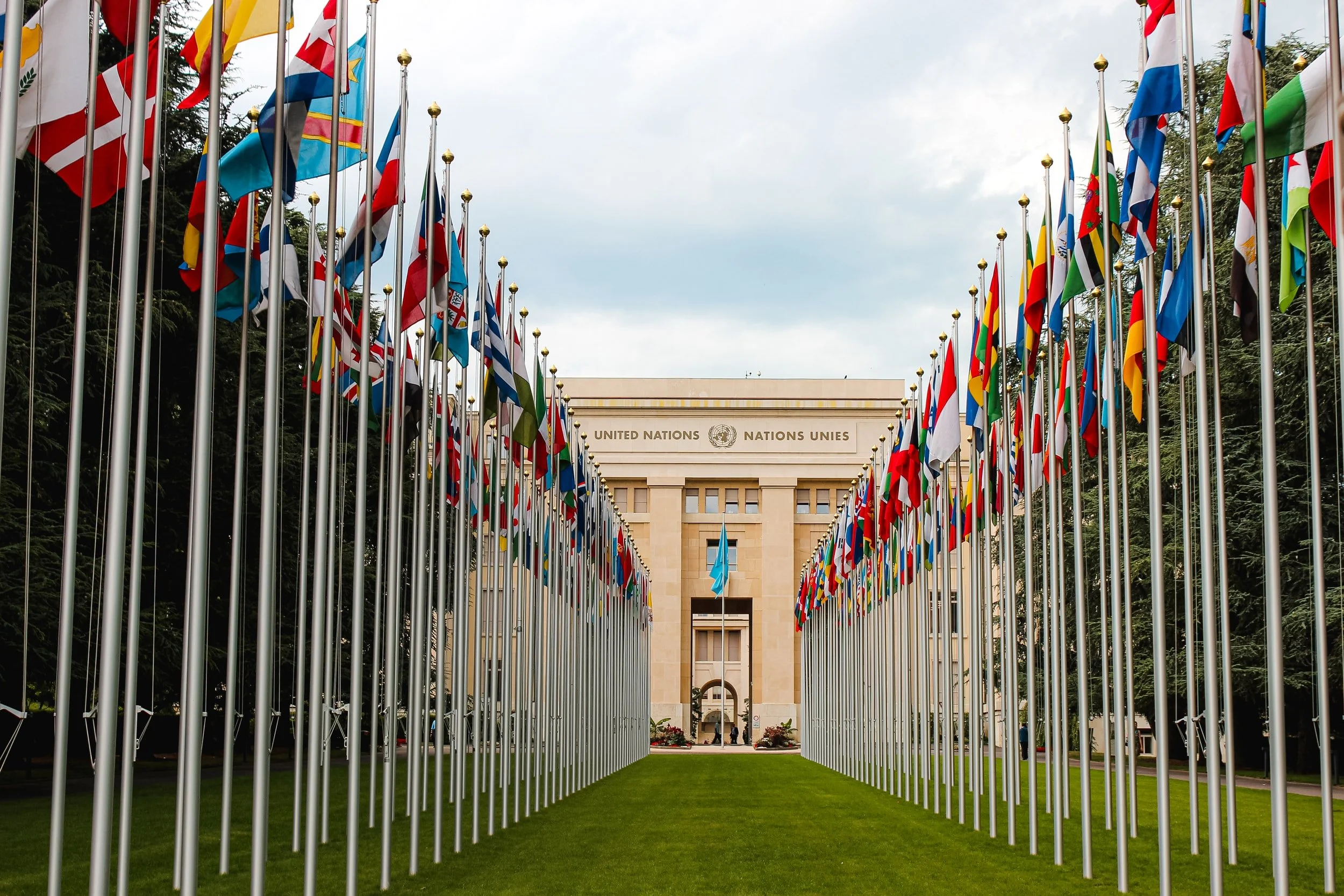The SPECC; P WHO? The Policy Maker.
Health outcomes are fragile phenomenon saturated by complexity, and the degree to which health service delivery impacts health outcomes and results is an evolving science. Population health outcomes represent a mixed bag of lifestyle choices and the social determinates of health, in addition to the six building blocks presented by World Health Organization (WHO).
The six core components of health systems proposed by WHO is not subpopulation centric (rightly so, considering its perspective). The components do not address minutia in care outcomes, but instead provide a general outline framework for establishing a responsible system of healthcare for the public in general. This distinction is the most important handicap of the entire framework.
Therefore, when discussing “examples of how health system building blocks impact patient or population health outcomes,” I feel obligated to illuminate some of the handicaps. To avoid being cynical, I will review the intent of the building block and share a real-world contrast to exemplify my claim. [Note: My comments are exclusively based on the field on oncology.]
World Health Organization - 6 Building Blocks
1. Service Delivery
While intended to promote safe, effective, high-quality healthcare delivered in proportion to need with minimum waste for a population…
At least in American, sub-populations suffer disparities in quality of care delivered (Fiscella et al. 2021). These disparities promote poorer overall population health outcomes than those that could be achieved.
2. Health Workforce
While effective recruitment, onboarding, cultivation, and training is the intent of the health workforce building block…
In America populations suffer from subpar administrative performance in: (a) recruitment of diverse staffing, and (b) provision of adequate training and support to HCPs. Moreover, and even more pronounce since COVID, HCPs have been experiencing higher rates of burn-out (Vici et al., 2021), partially due to the shortage of HCPs in general (AAMC, 2020) but also because of administration failure.
3. Information Systems (I.S.)
I.S. has ushered an explosion in healthcare related technological advancement and it is still growing. Never has healthcare information systems been so robust. These advancements have propelled healthcare forward.
However, except for countries in which there is socialize care, cross communication is difficult and obstruct progress.
4. Medical Products / Vaccines & Technologies
As in I.S., there clearly has been impactful advances in this block – Pfizer, Modern, J&J are obvious examples of innovations that have positively impacted outcomes in populations.
However, again, inequitable distributions of these resources have impacted subpopulations disproportionately (Webb Hopper et. al., 2021).
5. Financing
Within the U.S. this has been a persistent topic of great contention. “Raising adequate funds for those most in need” as well as protecting against catastrophic debt events is one of our biggest fails to the American population (Iragorri et al., 2021). No need to contrast.
6. Leadership / Governance (i.e., Stewardship)
Frankly, the United States represents a variety of performance outcomes in this area. From the tragedy that was called “management of the COVID epidemic,” to the discord associated with local community collaboration, populations have been challenged under recent and traditional leadership.
In conclusion, while the framework provides a standardizing mean through which evaluations can be achieved, researchers (including WHO) may still find a way to accelerate and embrace cultural sensitivity in healthcare. As a suggestion, require that domestic policy makers build systems that accommodate real people of that provinces. This means making these building blocks more inclusive of the nuances of SDoH, no matter how difficult.
An Offer Of an Approach Toward A Solution
Firstly, to reiterate, WHO’s framework is well intended and a good model. However, it stops short during a time when… we can press on to a higher mark.
For example, look at the Service Delivery building block, as WHO is already being prescriptive, why not go further and add more instruction and direction to care model designers. One such direction could be to suggest that healthcare delivery model designers -
consider limited geographic catchment areas and conduct an analysis of the citizens of that area and provide care the is specific to those citizens.
In some cases, WHO will find that among the needs of the people, is the need for greater access to sensitive HCPs. Through transportation programs or by simply having more clinics staffed by local, Indigenous people. And guess what… if there are none, add that to the suggestions. Say it like this… “Train local healthcare professionals so that they can provide care to their communities.”
One more example... instead of stopping short in the 2nd building block - Healthcare Workforce, how about being more specific and requiring HCPs to earn certificates of completion on cultural sensitivity about the demographics of the catchment area in which they practice?
Frankly, doctors should feel obligated to more educated about the nuances of their majority patient population. Certainly, citizens have clearly reported that doctors often have no clue about their racial, religious, or educational background. Too often, doctors just assume certain things about their patients, and in the end, they insult the patient and frequently increase mistrust in patients. Sadly, examples like these are far too common.
In short, healthcare can advance, and this should not take another century to progress we can do better... now.
References
Boyle, P., (2020). U.S. physician shortage growing. Association of American Medical Colleges. Website. https://www.aamc.org/news-insights/us-physician-shortage-growing
Fiscella, K., Epstein, R. M., Griggs, J. J., Marshall, M. M., & Shields, C. G. (2021). Is physician implicit bias associated with differences in care by patient race for metastatic cancer-related pain?. PloS one, 16(10), e0257794. https://doi.org/10.1371/journal.pone.0257794
Iragorri, N., de Oliveira, C., Fitzgerald, N., & Essue, B. (2021). The Out-of-Pocket Cost Burden
of Cancer Care-A Systematic Literature Review. Current oncology (Toronto, Ont.), 28(2), 1216–1248. https://doi.org/10.3390/curroncol28020117
Vici, P., Krasniqi, E., Pizzuti, L., Ciliberto, G., Mazzotta, M., Marinelli, D., & Barba, M. (2021).
Burnout of health care providers during the COVID-19 pandemic: Focus on Medical Oncologists. International journal of medical sciences, 18(10), 2235–2238. https://doi.org/10.7150/ijms.54025
Webb Hooper, M., Nápoles, A. M., & Pérez-Stable, E. J. (2021). No Populations Left Behind:
Vaccine Hesitancy and Equitable Diffusion of Effective COVID-19 Vaccines. Journal of general internal medicine, 36(7), 2130–2133. https://doi.org/10.1007/s11606-021-06698-5
World Health Organization (2010). Monitoring the Building Blocks of Health Systems: A
Handbook of Indicators and Their Measurement Strategies. https://www.who.int/workforcealliance/knowledge/toolkit/26/en/






